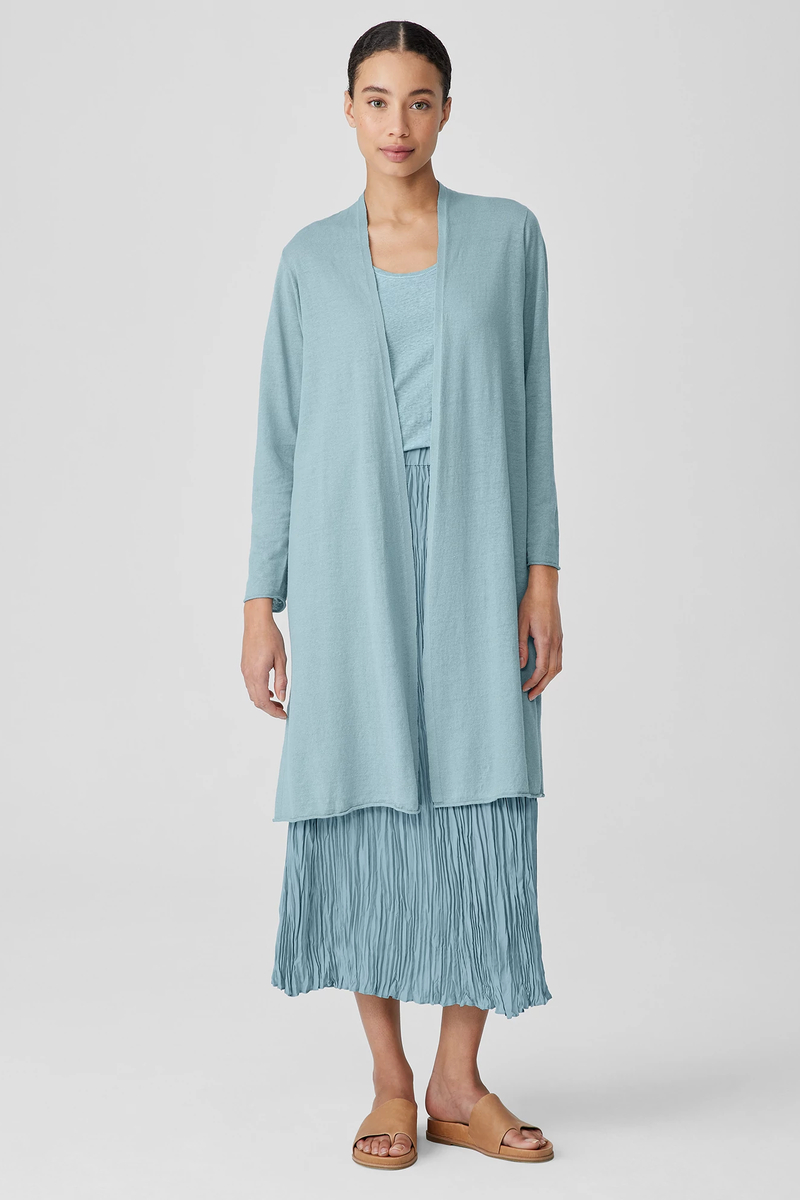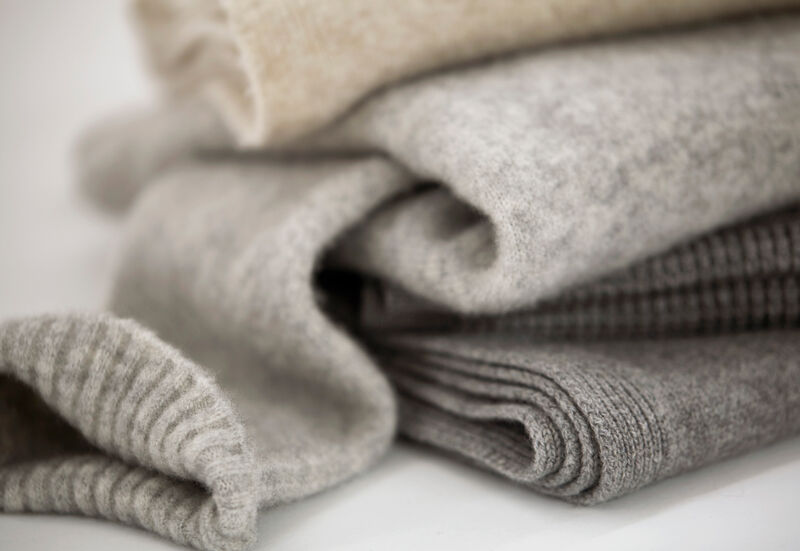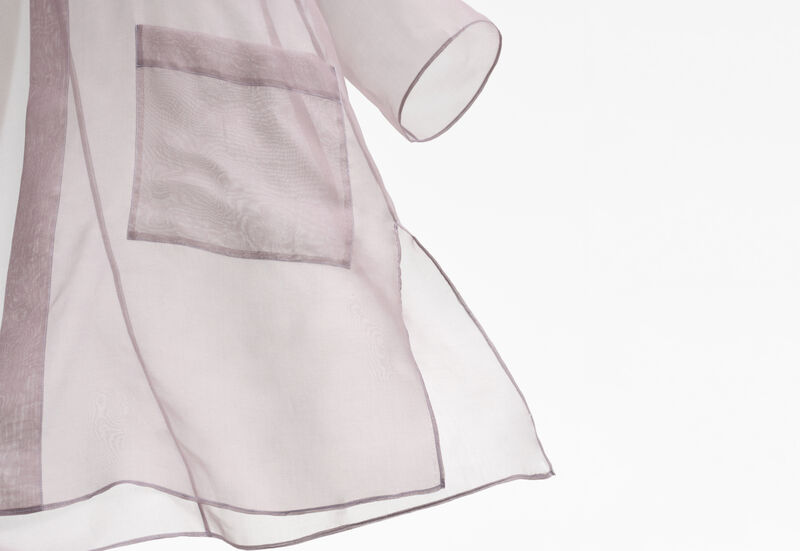Like a Moth to Cashmere: How to Get Rid of Clothes Moths

Baffled by the tiny holes in your favorite sweater? They might be a sign that clothes moths have found their way into your home—and that their larvae are making a meal of your knits. We’ll explain what to do if you suspect an infestation—and the best ways to prevent one.
Seven. That’s how many holes I noticed in my favorite cashmere sweater when I pulled it out of storage one brisk fall day. At first, I thought these tiny tears were the result of normal wear—until I spotted more on a charcoal turtleneck. It was at that point I knew the bite-size holes were adding up to one big problem: clothes moths.
Unfortunately for me, these winged invaders have expensive taste. They favor a fiber-rich diet of your finest cashmere, wool, mohair, alpaca and silk—anything containing keratin, the protein that sustains them. They’re equally likely to ravage your most cherished possessions, from handwoven blankets to costly rugs and upholstery. Basically, the more you value something, the less safe it appears to be from their wrath.
And it gets worse. You see, it’s not actually the moths that are consuming your softest and most precious pieces, it’s their larvae. In fact, clothing moths don't eat at all. They exist only to breed, creating a seemingly endless cycle of devastation. By the time you notice one lurking in your closet, the damage is likely done.
COMMON MOTH MISCONCEPTIONS
If you scan the internet in desperation, like I did, you might think pheromone traps will solve your problem (from experience: they won’t). These traps lure male moths, which, in theory, ends the breeding cycle. But by the time you’ve caught one, it’s likely a nearby female has already laid up to 100 eggs—that’s a whole lot of larvae feasting on your finest fibers. The most destructive stage of this life cycle is also the one that lasts the longest, with larvae living anywhere between two months and two and a half years.
But don’t toss out your traps yet. Although they won’t completely end the carnage, they do still serve a purpose. Pheromone traps are great for identifying if you have a problem, how bad it is and what species you’re dealing with.

Another common misconception is that cedar will solve your problem. While it might repel adult house moths (which ideally results in them looking elsewhere to lay their eggs), it does nothing for an existing infestation. Cedar oil is only effective in high concentrations on young larvae, and cedar blocks and hangers quickly lose their potency.
As for other essential oils like lavender and clove? “They’re popular but work best only as a preventative measure since they won’t actually kill anything,” says Inka Apter, manager of fabric sourcing and sustainability at EILEEN FISHER. Although botanical insecticides are likely more effective, she’s reluctant to recommend those either. “Natural does not always mean nontoxic—and no naphthalene moth balls, ever!” (The popular moth slayer not only releases toxic vapors into the air, it smells terrible and is harmful to pets).
So, what is the most effective (and natural) way of getting rid of clothing moths? Here’s what you need to know:

THE POWER OF THE FREEZER
According to Apter, the freezer is your best bet for banishing any unwanted closet intruders. “Freezing moth-infested clothing in a plastic bag for at least 72 hours, then washing according to instructions or dry cleaning should do the trick.” In addition to putting an end to any moth eggs and larvae, the freezer also refreshes your woolens by killing odor and bacteria. Another bonus: Freezing your sweaters shrinks natural fibers, so your pieces will pill less—and look their best for longer.
‘Freezing your sweaters shrinks natural fibers, so your pieces will pill less—and look their best for longer.’
THE IMPORTANCE OF PROPER STORAGE
Kati Scott, a sweater designer at EILEEN FISHER, realized the consequences of questionable storage practices too late. “I had completely forgotten that I had left several sweaters at the bottom of my hamper. Then lockdown happened and I had more important things than hand washing sweaters on my mind,” she explained. After returning to her apartment almost a year later, Scott made an unfortunate discovery. Her cashmere pieces had become, as she put it, the “victims of a moth feast.”
She blames a combination of dirt and darkness, adding that she had also forgotten to shut a nearby window completely (moths can find their way into your home this way). “It was basically an open dinner invitation,” she admits. After the revelation, Scott worked quickly. She immediately placed her sweaters in sealed bags, stuck them in the freezer for a week, and followed up with careful hand washing and a deep clean of her hamper. “Of course, this incident left me with a lot of sweaters to mend,” she laments.
If you find yourself having to store your sweaters over a long period of time, Apter suggests zippered storage bags, especially ones made of cotton or cotton blends that allow fabrics to “breathe.” She’s not as keen on compression or space saving bags. “Vacuum bags are terrible for fine fibers because of the wrinkles that can set in and cause damage over time,” she explains.
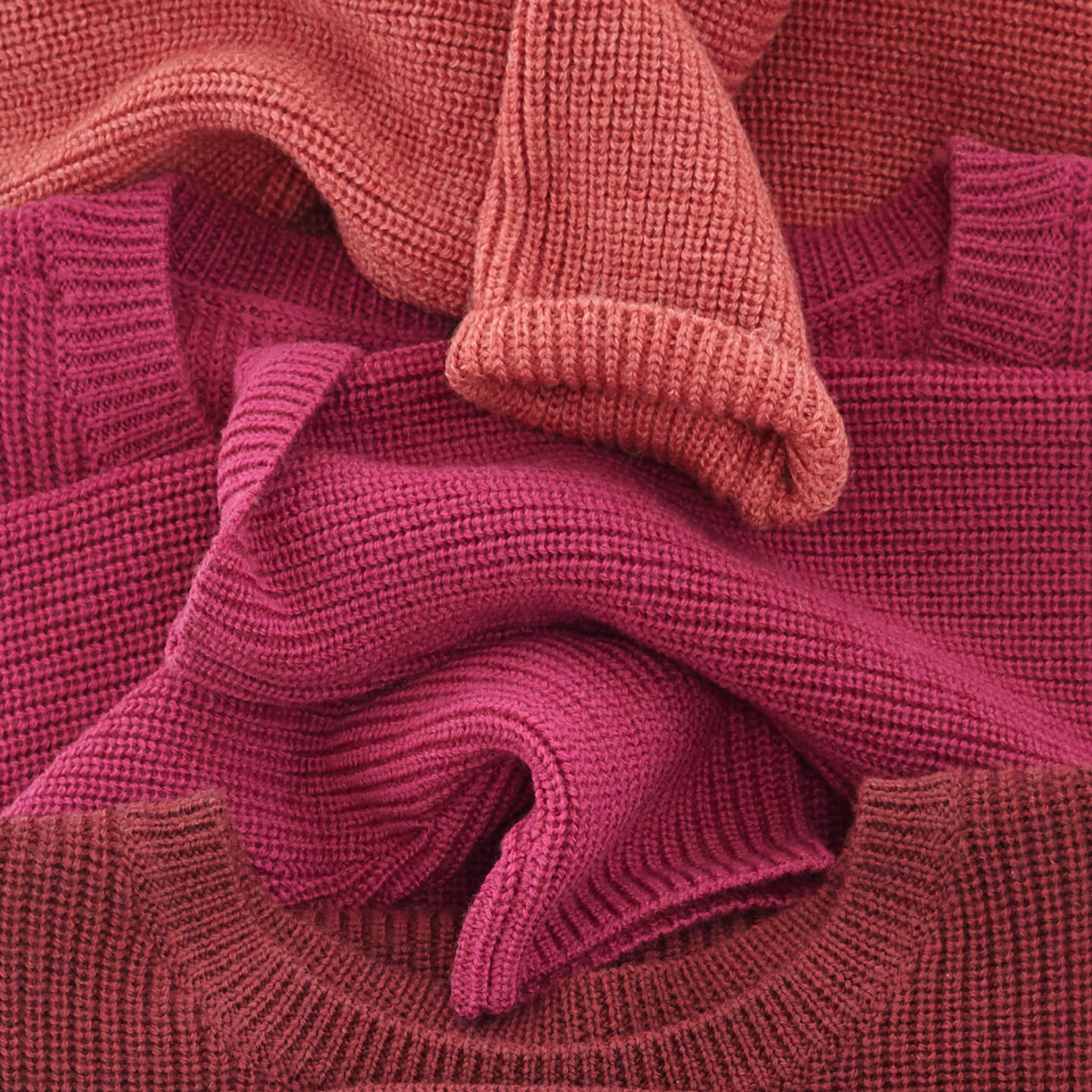
AN OUNCE OF PREVENTION
When asked what her number one rule for preventing clothes moths was, Apter replied, “Clean, clean and clean again!” Not only does that mean dusting and vacuuming around your home regularly, it also means ensuring items are thoroughly clean before placing them back in your closet or drawer. This is especially crucial before storing anything long term. It’s also just as important to periodically clean your storage areas, getting every hard-to-reach corner where closet moths may be hiding. As Apter points out, “Moths love dark and undisturbed places—air and light are your best friends.”
Another ally: the T-shirt. According to Apter, wearing a tee or cami under your sweaters can help keep moths at bay as they’re most attracted to unwashed and soiled clothing. These layers aren’t just great for maintaining freshness, they’re also much easier to care for than woolens, which require hand washing.
Of course, even if you’re sure your sweaters are immaculately clean and you’ve taken every step to ensure proper storage, it’s always a good idea to check on your pieces occasionally—an infestation is easier to handle when it’s caught early. Apter advises taking things out for a “look-see,” as well as moving things around to discourage any moth-related activity.
‘It’s always a good idea to check on your pieces occasionally—an infestation is easier to handle when it’s caught early.’

WHEN ALL ELSE FAILS
If you’ve already tried all these measures and are still experiencing problems, you can always enlist the help of a professional exterminator or dispose of any affected garments. At EILEEN FISHER, we prefer a more sustainable approach.
Marnye Woodrum, an EILEEN FISHER Renew employee in Seattle, came across several holes in a beloved merino sweater after forgetting to store it properly through the off season. She made repairs using an appliqué technique she had previously used on denim, until eventually learning woven patch darning (a method that creates a patch from a grid of stitches) from a coworker. “I’ve probably mended that poor sweater 15 times now!” she exclaims.
‘Moth holes are an opportunity to try different visible mending techniques and create a new identity for a loved piece.’
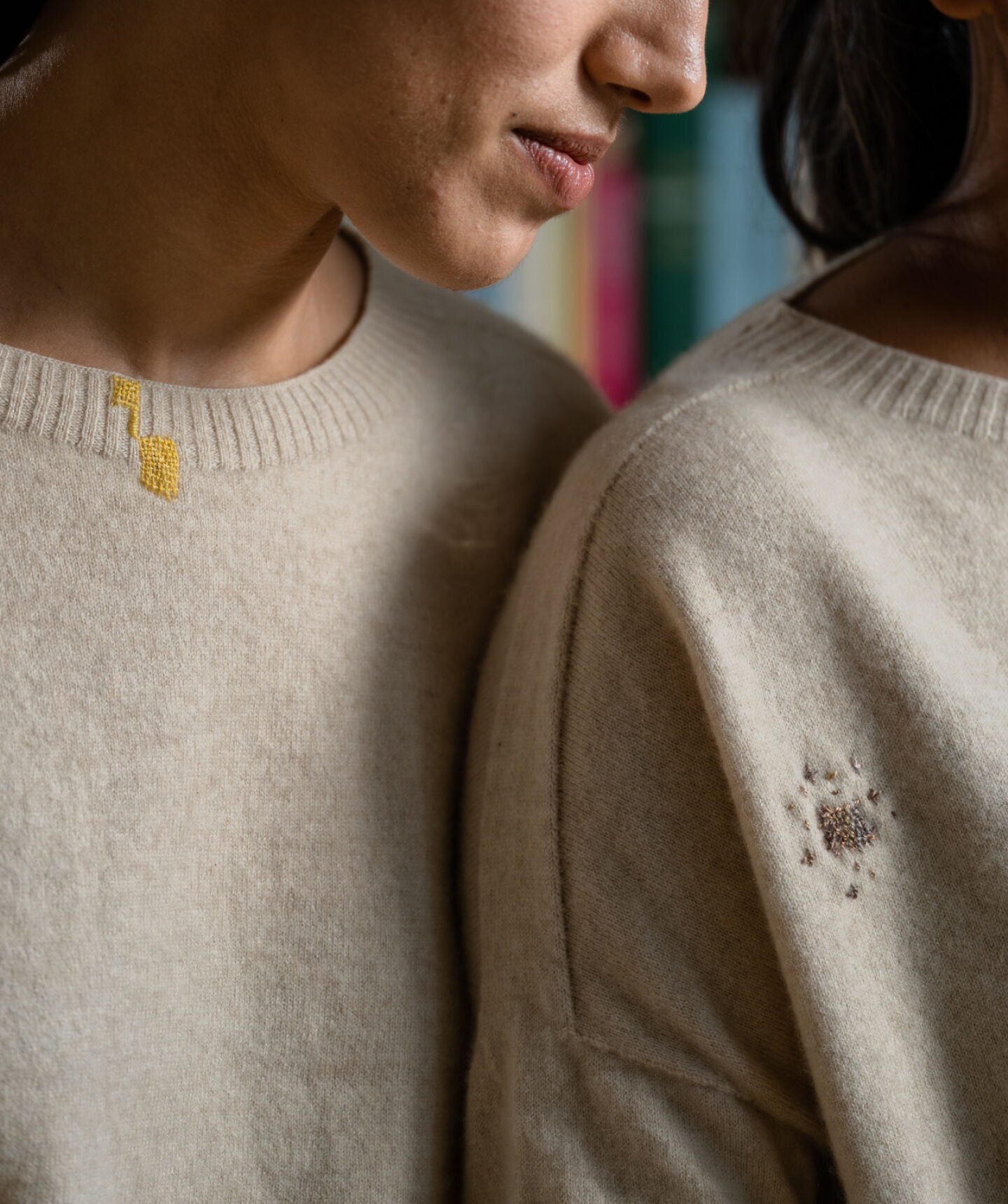
EILEEN FISHER Renew mended collection, in collaboration with RAI. Photographed by Christian Sorensen Hansen.
Since then, she’s avoided the “buggers” with some success, using everything from moth traps and lavender sachets to airtight containers and keeping woolens clean. Her merino sweater has become a sampler of colorful mending techniques, as Woodrum prefers to keep her pieces in a cycle of use for as long as possible.
“Frankly, I'm not as afraid of wool moths as I used to be,” she says. “Moth holes are an opportunity to try different visible mending techniques and create a new identity for a loved piece.” While I can’t say my own fears have disappeared entirely, I did find the sentiment intriguing. Maybe, instead of downgrading my hole-ridden sweaters to lowly house clothes, I could celebrate their imperfections. Looks like I may have some mending to do.

